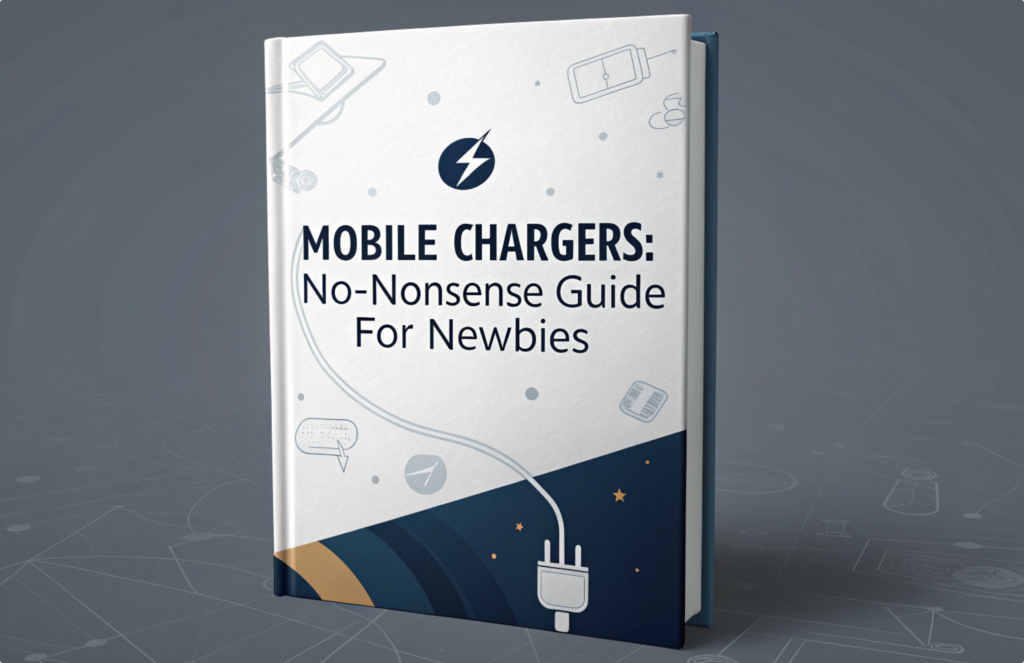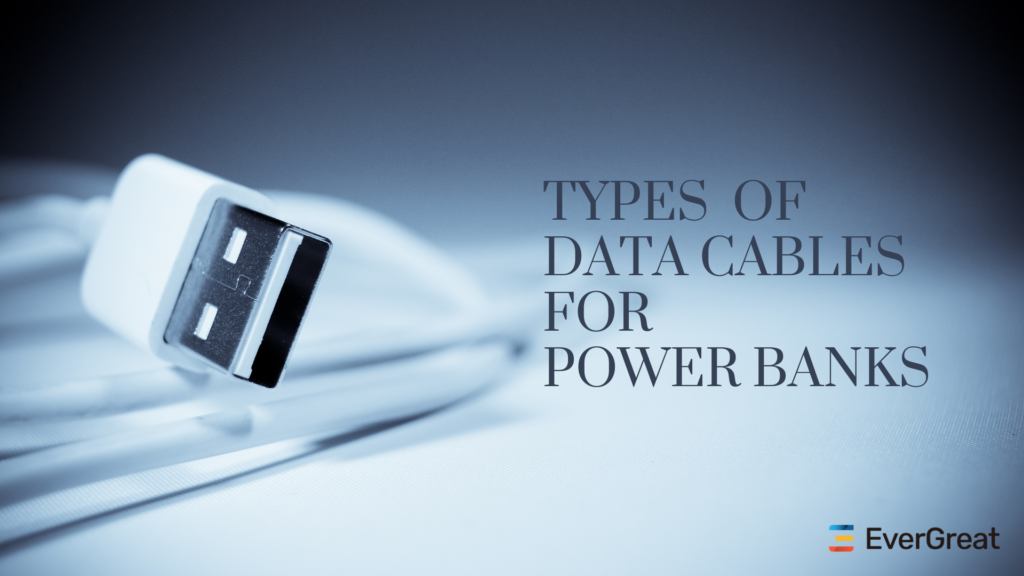How to choose the ideal power bank capacity for your target market?
Ever worried your power bank choice missed the mark? Picking the right capacity is tricky, but it dictates customer satisfaction. Let’s solve this, shall we?
Choosing the ideal power bank capacity depends on your target market’s specific needs, like device type, typical usage, and portability requirements. For most general users, 10,000mAh offers a versatile balance, while travel or niche segments may need different considerations for safety and convenience.
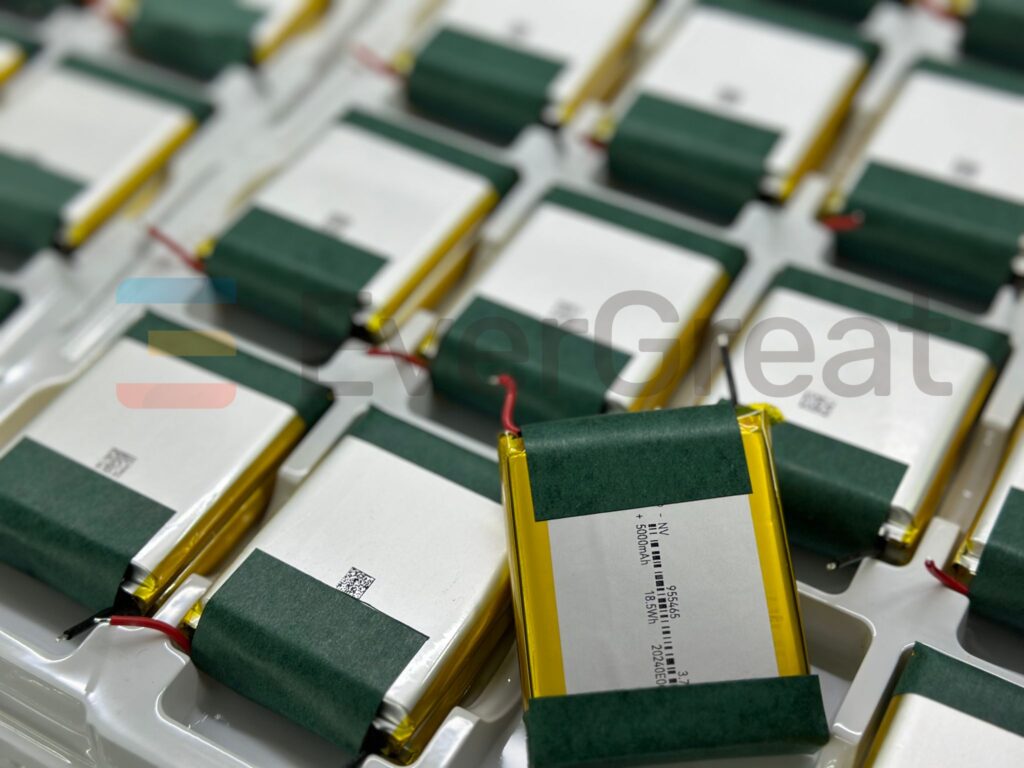
Now that we know capacity is key, let’s explore the details. We will look at what’s popular, what flies, and what feels right in your customers’ hands. This way, you can make informed decisions for your brand.
Is 10000mAh still the most popular capacity in 2025?
Are you wondering if 10,000mAh still reigns supreme? The market shifts, and staying updated is crucial for your brand. Let’s look closer.
Yes, 10,000mAh power banks remain a highly popular choice for their excellent balance of charging power and portable size, catering well to general daily use. However, specialized magnetic power banks often see 5,000mAh preferred for its ultra-compact design and comfortable phone attachment.
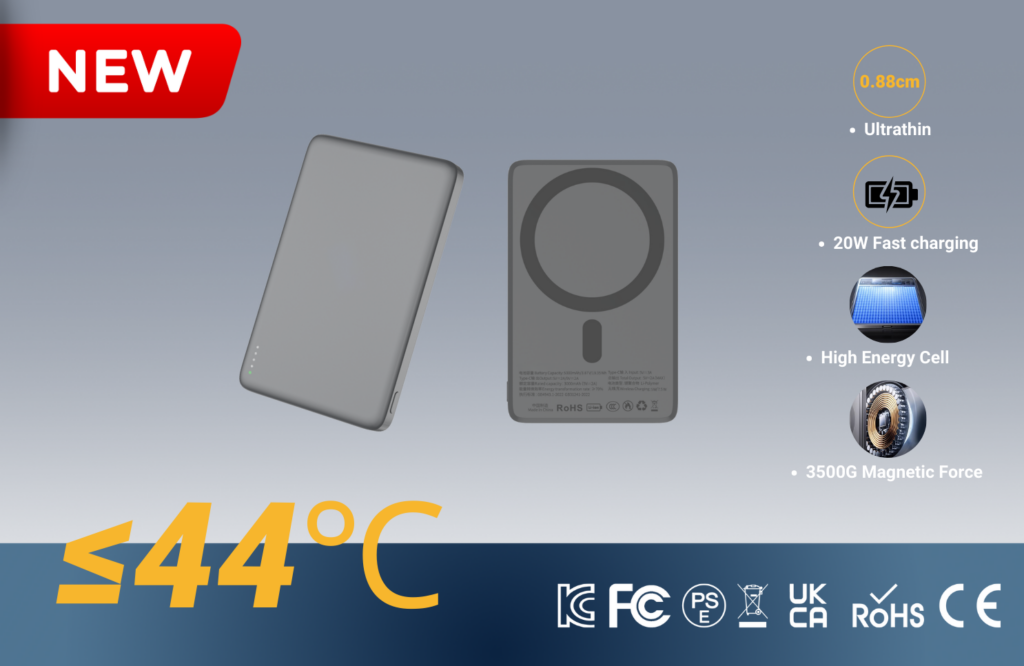
In my experience, 10,000mAh has a strong hold on the market. It offers enough juice for most users to fully charge their phone two to three times. This capacity fits perfectly into a bag or pocket without much bulk. We often see brands asking for this specific capacity because it appeals to a broad audience. It is a good starting point for many general-purpose power bank lines. It meets the needs of daily commuters, students, and light travelers. A survey in 2024 showed that 10,000mAh power banks accounted for approximately 40% of power bank sales, indicating their continued market dominance.
Why 10,000mAh Stays Strong
I think 10,000mAh power banks stay popular for good reasons. They offer a great balance. They are not too heavy, but they hold enough power. Most smartphones have batteries around 3,000mAh to 5,000mAh. This means a 10,000mAh power bank can give a full charge more than once. This makes it very useful for a day out or a short trip. For many customers, this capacity simply gets the job done without overspending.
The Rise of 5,000mAh Magnetic Power Banks
On the other hand, we have seen a rise in 5,000mAh for specific products, like magnetic power banks. My insights show that for magnetic models, users prefer a smaller, lighter design. A 5,000mAh unit attaches to the phone comfortably. It does not add too much weight or bulk. This is a game-changer for people who want a seamless charging experience on the go. It usually gives one full charge, which is enough for many quick top-ups during the day. This difference highlights how different market segments have different needs. User reviews often highlight the convenience of magnetic attachment, even if it means a slightly lower capacity compared to traditional power banks.
| Capacity | Main Benefit | Ideal User | My Observation |
|---|---|---|---|
| 10,000mAh | Balance of Power & Portability | General users, daily commuters, light travelers | High demand, versatile, cost-effective |
| 5,000mAh | Ultra-Compact & Light | Magnetic power bank users, minimalists | Growing demand for specific form factors |
What capacity fits airline regulations best?
Planning to offer power banks for travelers? Airline rules can be confusing and strict. You need to get this right. Let’s check the rules.
Power banks with capacities under 100Wh (around 27,000mAh at 3.7V) best fit airline regulations, as they are widely permitted for carry-on luggage. Many airlines also limit the number of units allowed per passenger and strictly prohibit using them during the flight.

When traveling by air, compliance is not just a suggestion; it is a strict rule. I have seen customers run into trouble at security because their power bank was too large. My insights show that only power banks under 100Wh are allowed on board. This rule is in place for safety. Airlines worry about potential fire risks from high-capacity lithium-ion batteries. It is very important for brands to understand this limit. This helps them guide their customers and avoid problems. We always advise our clients to clearly state the Wh rating on their products.
Understanding Watt-Hours (Wh)
The most important thing for airline rules is Watt-hours (Wh), not milliamp-hours (mAh). Most power banks list mAh. We need to convert this. To get Wh, you multiply the mAh by the nominal voltage (usually 3.7V for power banks) and then divide by 1000. So, for a 10,000mAh power bank, it is (10,000 mAh 3.7V) / 1000 = 37Wh. This is well under the 100Wh limit. Even a 27,000mAh power bank is roughly (27,000 mAh 3.7V) / 1000 = 99.9Wh, which is right at the limit. I always tell our partners to check this math carefully. This ensures their products are safe for travel. It’s crucial to display the Wh rating clearly on the power bank to avoid confusion at airport security.
Airline Specifics and Your Brand
Different airlines might have slightly different rules, but the 100Wh limit is common. For example, Emirates Airlines now allows only one power bank per passenger. Many airlines also say you cannot use power banks during the flight. This means passengers must keep them off and packed away. For brands, this means if your target market includes frequent flyers, offering power banks around 10,000mAh to 20,000mAh (which are typically under 100Wh) is a good choice. Higher capacities become risky for air travel. It is better to offer products that comply with rules across the board. This way, your customers can travel without stress. IATA (International Air Transport Association) guidelines specify that lithium-ion batteries exceeding 100Wh require airline approval, and those exceeding 160Wh are forbidden. Some airlines may have stricter rules than IATA guidelines, so it’s always best to check with the specific airline before flying.
My Own Travel Tips for Power Banks
I travel often for business, so I always make sure my power bank is compliant. I always pack it in my carry-on bag, never in checked luggage. I also make sure it is fully charged before I leave home. This way, I do not need to use it right when I get to the airport. I have seen people get their power banks taken away because they were too big. I make sure to remind our clients about these details. Providing clear information to end-users about travel rules can build trust for your brand.
| Capacity (mAh @ 3.7V) | Approximate Wh | Airline Status (Typical) | Notes |
|---|---|---|---|
| 5,000mAh | 18.5 Wh | Always allowed in carry-on | Very safe, no issues. |
| 10,000mAh | 37 Wh | Always allowed in carry-on | Very safe, common. |
| 20,000mAh | 74 Wh | Always allowed in carry-on | Safe, good for longer trips. |
| 27,000mAh | 99.9 Wh | Allowed in carry-on (close to limit) | Maximum typically allowed without special approval. |
| 30,000mAh+ | 111+ Wh | Requires airline approval, often prohibited | Generally not allowed. |
How does weight affect customer preference?
Do your customers complain about bulky tech? Weight can significantly impact how much users love your power bank. Let’s explore why.
Weight significantly influences customer preference for power banks, especially for daily carry or magnetic models where compactness is key. Lighter units, like 5,000mAh options, often win for convenience and comfortable use, while higher capacities naturally weigh more due to their larger batteries.
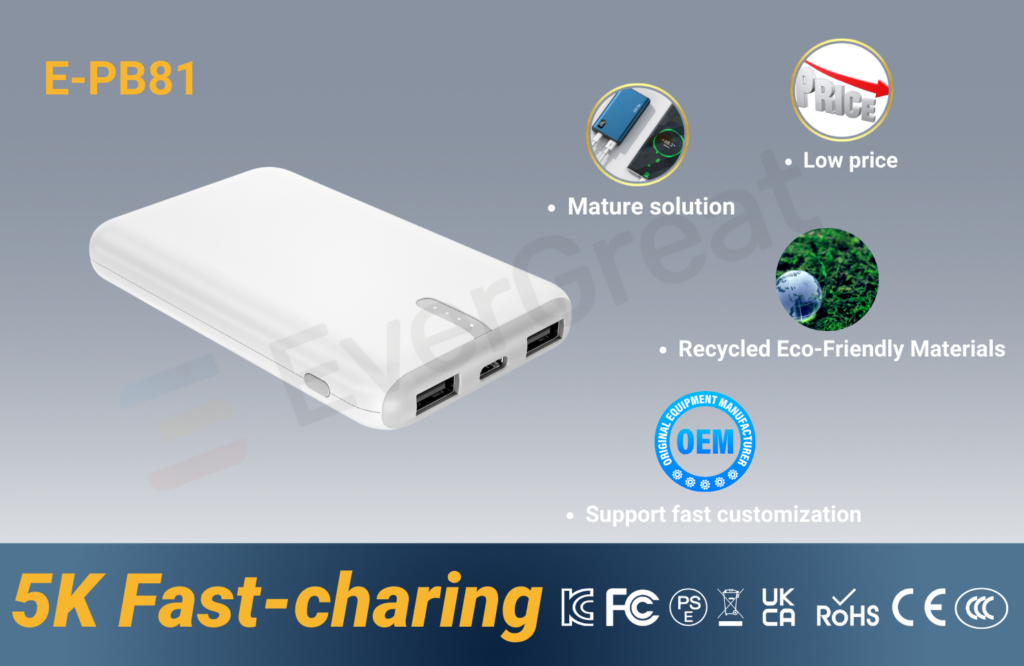
I find that weight is a silent but powerful factor in how people choose power banks. No one wants to carry a brick in their pocket or bag. My insights show that while people want power, they also really value portability. A heavier power bank might offer more charges, but if it feels uncomfortable, customers might choose a lighter option instead. This trade-off between capacity and weight is a critical design decision for any brand. It impacts how often a user will actually carry and use the power bank. A study showed that users are willing to sacrifice up to 20% of capacity for a power bank that is 30% lighter.
The Portability-Power Trade-off
Every power bank involves a trade-off. More capacity means more battery cells, which means more weight and usually a larger size. For a 10,000mAh power bank, its weight is generally acceptable for most people. It feels solid but not burdensome. However, when we get into 20,000mAh or higher, the weight increases noticeably. For some users, this is fine because they need that extra power for long trips or multiple devices. For others, especially those carrying it in a small purse or pant pocket, it becomes too much. My team and I always discuss this balance with our clients. We want to ensure the product meets the user’s needs for both power and comfort.
Different Users, Different Weight Needs
Customer preference for weight varies greatly by their lifestyle. A student carrying a backpack full of books might not mind a heavier 20,000mAh power bank. They need it to charge their laptop and phone throughout the day. However, a business professional going to a meeting might prefer a sleek, lightweight 5,000mAh magnetic power bank. It offers a quick top-up without adding bulk to their suit pocket or small bag. We see this with magnetic power banks particularly. Users want them to attach almost invisibly to their phone. A heavy magnetic power bank would simply feel awkward and might even pull the phone down. So, a lighter 5,000mAh model becomes the clear winner here. The rise of remote work and digital nomads has increased the demand for larger capacity power banks (20,000mAh and above), despite the added weight.
Balancing Design and Function
Ultimately, good product design balances these factors. It is not just about raw power. It is about how the product fits into a customer’s life. We help our clients think about the complete user experience. We look at who will use it, where they will use it, and how it will be carried. A power bank that is too heavy might sit unused at home. A lighter one, even with less power, gets used often. This means a more satisfied customer. This focus on user experience is what truly defines a successful product in the market.
| Capacity | Typical Weight Range (approx.) | Ideal Scenario | Customer Perception |
|---|---|---|---|
| 5,000mAh | 100-150g | Daily, magnetic, minimal carry | Light, convenient, compact |
| 10,000mAh | 180-250g | Everyday use, good balance | Manageable, versatile |
| 20,000mAh | 350-500g | Extended use, multiple devices | Heavy, powerful, less portable |
Conclusion
Choosing the right power bank capacity means balancing power, portability, and safety. 10,000mAh remains popular for general use, while 5,000mAh excels in compact designs. Always check airline rules for travel peace of mind.


